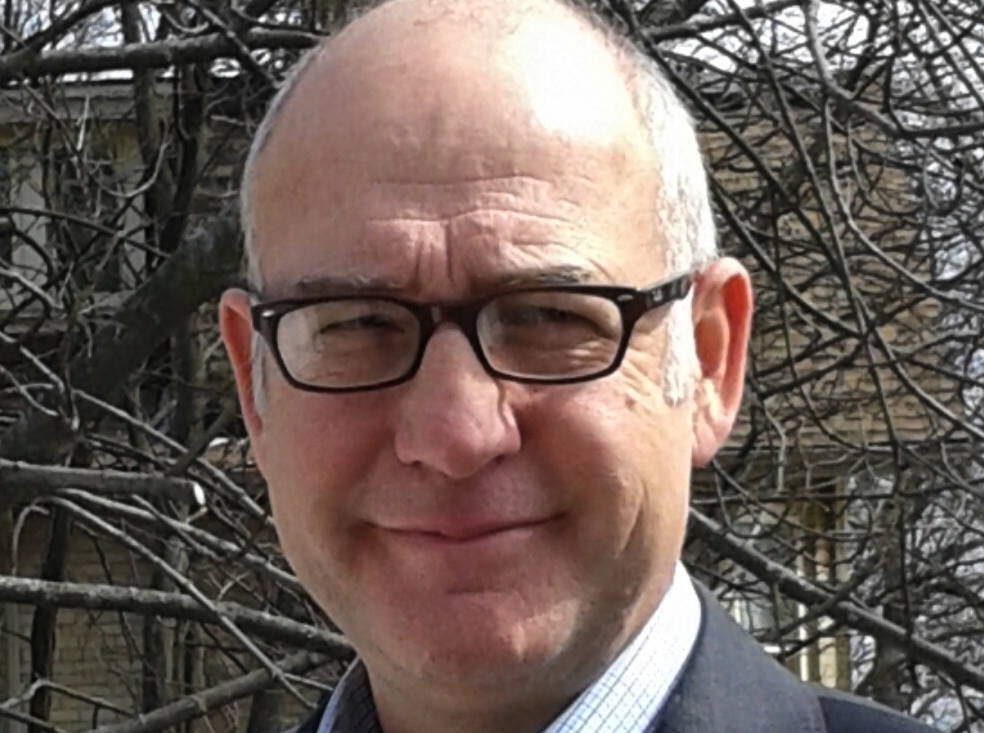- Home
- About Us
- The Team / Contact Us
- Books and Resources
- Privacy Policy
- Nonprofit Employer of Choice Award

One of the most interesting aspects of the Canadian Association of Gift Planners National Conference, held in Vancouver this past April, was the number of sessions devoted to highlighting, explaining and calming nerves about Donor Advised Funds often referred to as DAFs. Even the plenary session, presented by Malcolm Burrows of The Aqueduct Foundation, addressed this charitable investment and some of the unfortunate ill feelings toward them as giving vehicles.

In a conversation prior to his presentation, Malcolm shared some interesting patterns in Canadian giving, connecting them to the significant rise in DAFs over recent years. Of the many points he highlighted, one jumped out at me as important—and confusing; that many individuals (who would be considered to be high net worth) don’t have a close connection to any specific charity. By extension, many are not thinking about philanthropic giving directly to charity and are instead turning to DAFs.
Let’s set aside for a moment that the rise in DAFs coincides with the timeframe of the first commercial DAF, launched in 2004 by TD Waterhouse. It makes perfect sense that financial planners in financial institutions that have DAFs would talk to their clients about making charitable contributions through their in-house giving vehicles, and not to charities directly. It bypasses (in a way) the need for a close connection to a charity when your bank can facilitate an investment in a charity.
To be clear, this discussion is not about whether or not philanthropy is being encouraged because of DAFS although this has been the default position for banks and other financial companies that can create DAFs. I would think that if you were an employee of management of a financial institution, you would want to promote philanthropy to your clients. Rather, I am spotlighting the need for better communication to donors on how to activate their philanthropic interests.
Competing for donor dollars
I am confused that charities seem to be dropping the ball in regards to connecting with donors and setting themselves up as competitors to those financial institutions. Anyone raising money for a charity should be concerned about this fact. It is, of course, the job of a fundraiser to make connections and provide compelling reasons for individuals and families to partner with their cause directly to maximize the impact of donated dollars. Charities are closely connected with the cause and the mission. That is the advantage that charities have. Why aren’t they using it?
There is ample research into the attitudes of donors today. They’re looking for the impact of their donation as a key motivator to give. They are moving away from “middle men” in their philanthropy to help maximize impact. It is another advantage that charities have and it must be highlighted.
Charities need to understand that they are not just competing with other organizations close their cause or other charities in their community. They are competing with their local bank and other financial institutions.
The playing field is different and so is the game. That is fine. We just need to transition and play in a way that will ensure our charity is successful. To do that, charities need to lead with their strength—that is working directly to effect change and providing needed programming to communities.
If I can take this last sports analogy a step further, creating a DAF is like buying a ticket to the game. Sure, purchased tickets help (in a small way) to fund the team, but it doesn’t put the ticket buyer into the action. Let’s be frank, everyone in the stands secretly wants to be playing. Donating directly to a charity gets the donor onto the field, the course, the ice or the court. It is the competitive advantage of charities that if promoted properly will ensure that DAFs are only one of many ways Canadians give to charity.
Ed Sluga, CFRE is one of Canada’s most experienced planned giving professionals and is also co-founder of PGgrowth. Ed is a noted speaker, the co-author with Peter Barrow of Worthy and Prepared, host of the PGgrowth Planned Giving Podcast, Professor of Major Giving and Planned Giving with the Humber College Fundraising Management Program and a regular presenter of the AFP Fundraising Fundamentals Course. ed@pggrowth.com